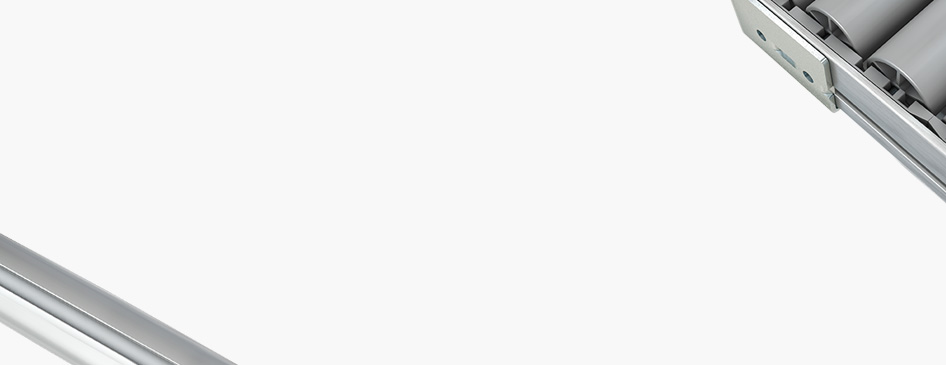
Seleccione uno
o más idiomas
0,1,3
- Alemán
- Inglés
- Chino
- Español
Principio de tolerancias
El principio de tolerancia define la relación entre las tolerancias dimensionales y los errores de forma.
En la práctica, se hace una distinción entre dos principios, el principio de independencia y el principio de envolvente. Ante la ausencia de cualquier otra indicación que defina las dimensiones, el principio de independencia según se establece en el estándar internacional ISO 8015 ahora se conoce como el principio de tolerancia estándar.
Basadas en este principio, todas las tolerancias dimensionales, de forma, posicionales y de superficie, se definen por separado. Las combinaciones no se prueban.
En el caso del principio de envolvente, las tolerancias dimensionales se determinan usando la dimensión material máxima. Las tolerancias para el elemento de forma actual se indican mediante el envolvente de un elemento de forma ideal (por ejemplo, un cilindro, cuboide o esfera), mientras que el perfil de un elemento de forma real debe quedar dentro de sus contornos.
Tolerierungsgrundsatz
Der Tolerierungsgrundsatz definiert die Beziehung von Maßtoleranzen und Formabweichungen.
In der Praxis werden zwei Grundsätze unterschieden: das Unabhängigkeitsprinzip und das Hüllprinzip. Sofern keine anderen Angaben für die Maßbestimmung gemacht werden, gilt heute das Unabhängigkeitsprinzip als Standardtolerierungsgrundsatz, der international in der Norm ISO 8015 festgelegt ist.
Beim Unabhängigkeitsprinzip werden alle Toleranzen für Maße, Form, Lage und Oberfläche separat definiert. Paarungen werden nicht geprüft.
Beim Hüllprinzip werden die Maßtoleranzen durch das Maximum-Material-Maß bestimmt. Dabei werden die Toleranzen des realen Formelements durch die Hülle eines idealen Formelements (etwa ein Zylinder, ein Quader, eine Kugel) gekennzeichnet, innerhalb dessen Konturen die Umrisse der realen Form liegen müssen.
Tolerancing principle
The tolerancing principle defines the relationship between dimensional tolerances and errors of form.
In practice, a distinction is made between two principles - the Independency principle and the envelope principle. In the absence of any other indications defining dimensions, the independency principle as set out in the international ISO 8015 Standard, is now regarded as the standard tolerancing principle.
Based on this principle, all dimensional, form, positional and surface tolerances are defined separately. Combinations are not tested.
In the case of the envelope principle, dimensional tolerances are determined using the maximum Material dimension. The tolerances for the actual form element are indicated by the envelope of an ideal form element (e.g. a cylinder, cuboid or sphere), whereby the outline of the actual form element must lie within its contours.
公差原则
公差原则定义了尺寸公差和形状公差的关系。
在实际应用中,独立原则 和包容原则 这两者有所不同。在没有定义尺寸的情况下,如国际标准 ISO 8015 所示,独立原则被认为是标准的公差原则。
基于这一原则,所有的尺寸、形状、位置和表面公差均要单独定义。不能够合并测量。
在包络原理中,尺寸公差由最大材料尺寸确定。真实形状元件的公差通过理想形状元件的外罩呈现出来(如圆柱、长方体或球体),即元件的实际形状必须位于它的轮廓线内。
